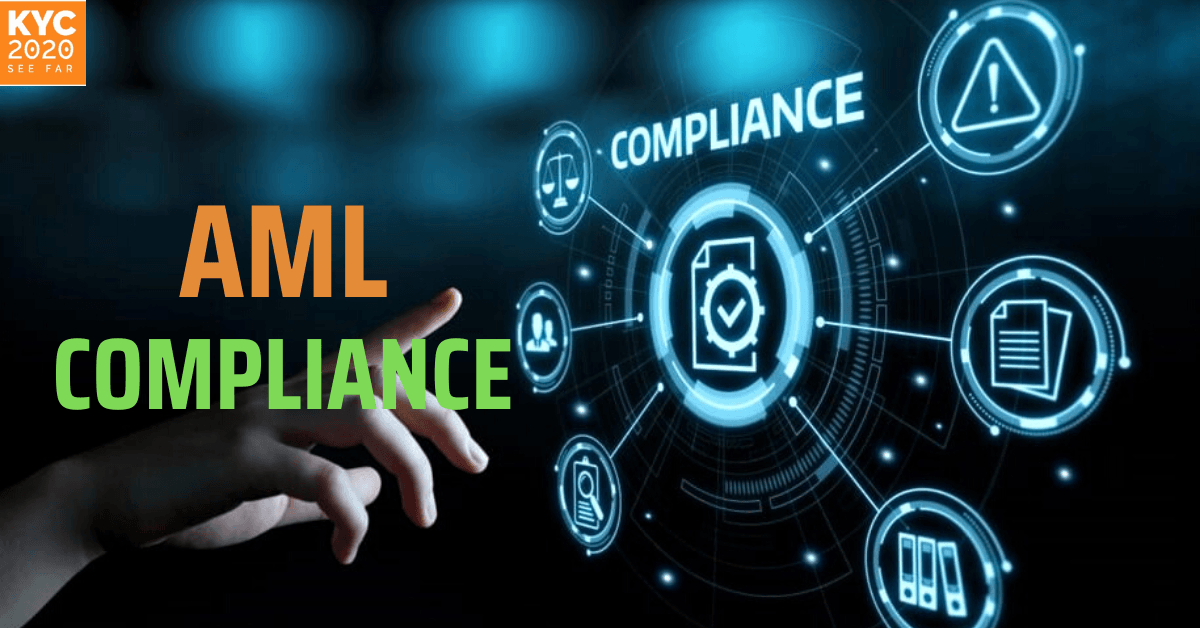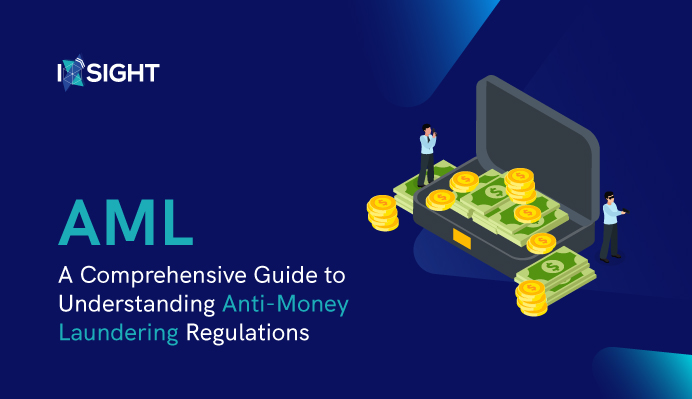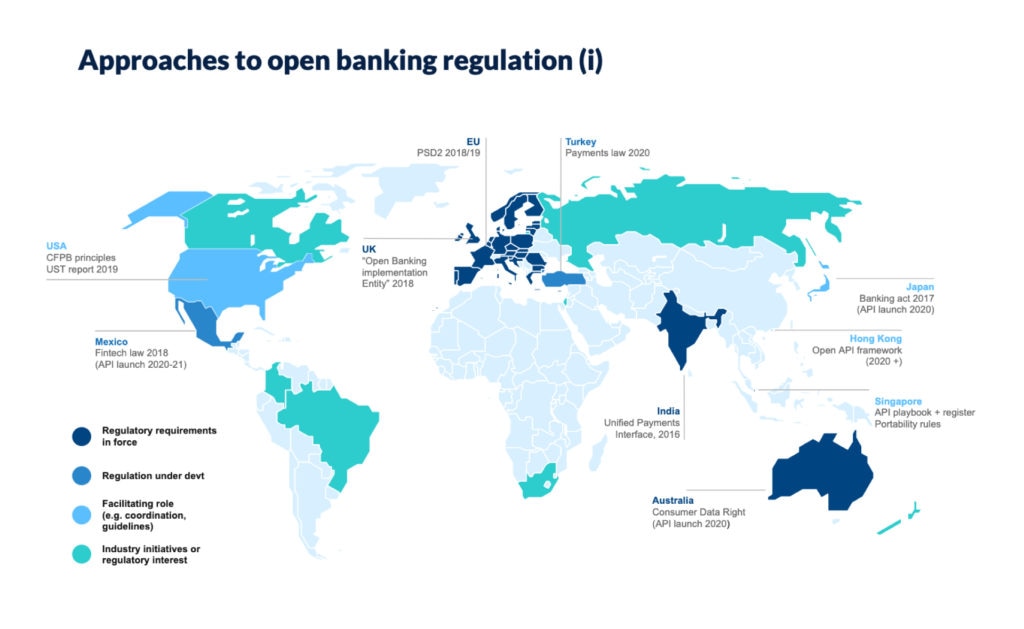
Demystifying AML Compliance: A Comprehensive Guide for Financial Institutions
In today’s interconnected financial world, money laundering isn’t just a buzzword – it’s a global threat that fuels terrorism, drug trafficking, human exploitation, and corruption. Financial institutions, from large banks to credit unions and fintech startups, stand on the front lines of defense. Their weapon? Robust Anti-Money Laundering (AML) Compliance.
For beginners, the world of AML can seem daunting, filled with acronyms and complex regulations. But at its heart, AML is about protecting the integrity of the financial system and preventing criminals from profiting from their illicit activities. This comprehensive guide will demystify AML compliance, explaining its importance, key components, and why it’s non-negotiable for every financial institution.
What Exactly is Anti-Money Laundering (AML)?
At its core, Anti-Money Laundering (AML) refers to the set of laws, regulations, and procedures designed to prevent criminals from disguising illegally obtained money as legitimate income. Think of it like a laundromat for dirty money: criminals want to wash their illicit gains (from drug sales, fraud, corruption, etc.) so it looks clean and can be used without suspicion.
The money laundering process typically involves three stages:
- Placement: Introducing the illegal funds into the financial system. This could be through cash deposits, purchasing monetary instruments, or even structuring deposits into smaller amounts to avoid detection.
- Layering: Conducting complex financial transactions to obscure the source and ownership of the funds. This involves moving money through multiple accounts, different institutions, and across borders to make it difficult to trace.
- Integration: Returning the "cleaned" money to the criminal, often through seemingly legitimate transactions like purchasing luxury goods, real estate, or investing in businesses. The money now appears to come from a legitimate source.
AML regulations and programs are the tools financial institutions use to detect and disrupt these stages, acting as gatekeepers to the legitimate financial system.
Why is AML Compliance Crucial for Financial Institutions?
AML compliance isn’t just a regulatory burden; it’s a critical safeguard for the financial system, your institution’s reputation, and global security.
- Regulatory Obligations & Penalties: Financial institutions operate under strict laws (like the Bank Secrecy Act in the U.S.) that mandate AML programs. Failing to comply can result in:
- Massive fines (often in the millions or even billions of dollars).
- Revocation of licenses.
- Criminal charges against the institution and its senior management.
- Increased regulatory scrutiny.
- Reputational Risk: Being associated with money laundering, even inadvertently, can severely damage a financial institution’s public image and erode customer trust. This can lead to:
- Loss of customers and business.
- Difficulty attracting new clients.
- A decline in shareholder confidence.
- Legal Liabilities: Individuals within the institution (e.g., compliance officers, senior executives) can face personal legal consequences, including imprisonment, for willful AML violations.
- Preventing Financial Crime & Terrorism: By preventing money laundering, financial institutions play a direct role in cutting off funding for criminal enterprises, terrorist organizations, human traffickers, and other illicit activities. This contributes to national and global security.
- Maintaining Correspondent Banking Relationships: Banks rely on "correspondent" relationships with other banks to facilitate international transactions. A poor AML record can lead to these relationships being terminated, severely impacting a bank’s ability to operate globally.
The Pillars of Effective AML Compliance for Financial Institutions
A robust AML compliance program is built on several interconnected components, working together to create a comprehensive defense against financial crime.
1. Risk-Based Approach
Not all customers or transactions carry the same level of risk. A cornerstone of modern AML is the risk-based approach. This means:
- Identifying and assessing risks: Understanding the specific money laundering and terrorist financing risks an institution faces based on its customer base, products/services, geographic locations, and delivery channels.
- Allocating resources effectively: Focusing compliance efforts and resources where the risk is highest. For example, a customer from a high-risk jurisdiction or one involved in complex international trade might require more scrutiny than a local retail customer.
- Tailoring controls: Implementing controls that are proportionate to the identified risks.
2. Know Your Customer (KYC) & Customer Due Diligence (CDD)
This is the bedrock of AML. You can’t fight financial crime if you don’t know who you’re doing business with.
- Know Your Customer (KYC): The process of verifying the identity of your customers, understanding their activities, and assessing their risk profile. It’s about getting to know who your customer really is.
- Customer Due Diligence (CDD): The ongoing process of collecting and verifying information about a customer to assess their risk. This includes:
- Identity Verification: Collecting documents like passports, driver’s licenses, and business registration papers.
- Understanding the Nature of Business: What industry are they in? What kind of transactions do they typically conduct?
- Beneficial Ownership: Identifying the ultimate individuals who own or control a legal entity (e.g., a company or trust), even if they’re hidden behind layers of corporate structures.
- Politically Exposed Persons (PEPs): Identifying individuals who hold prominent public functions, as they pose a higher risk of corruption.
- Sanctions Screening: Checking customer names against international sanctions lists (e.g., OFAC in the U.S.) to ensure they are not individuals or entities prohibited from engaging in financial transactions.
- Enhanced Due Diligence (EDD): For customers identified as high-risk, institutions must conduct EDD, which involves gathering more in-depth information, conducting more rigorous ongoing monitoring, and obtaining higher-level management approval.
3. Ongoing Monitoring & Transaction Monitoring
Once a customer is onboarded, the AML process doesn’t stop.
- Ongoing Monitoring: Regularly reviewing customer information to ensure it remains accurate and up-to-date. This includes checking for changes in ownership, business activities, or risk profiles.
- Transaction Monitoring: Analyzing customer transactions in real-time or periodically to identify unusual patterns or "red flags" that might indicate money laundering. This often involves:
- Threshold Monitoring: Flagging transactions above a certain monetary limit (e.g., cash deposits over $10,000 in the U.S. requiring a Currency Transaction Report – CTR).
- Behavioral Monitoring: Identifying deviations from a customer’s typical transaction patterns (e.g., a small retail business suddenly receiving large international wire transfers).
- Geographic Risk: Transactions involving high-risk jurisdictions.
4. Reporting Suspicious Activities (SARs/STRs)
When an institution detects unusual or suspicious activity that may indicate money laundering or terrorist financing, it has a legal obligation to report it to the relevant financial intelligence unit (FIU).
- In the U.S., this is done by filing a Suspicious Activity Report (SAR) with the Financial Crimes Enforcement Network (FinCEN).
- In other countries, they might be called Suspicious Transaction Reports (STRs).
- These reports are confidential and provide crucial intelligence to law enforcement agencies for investigations.
5. Employee Training & Awareness
Your employees are your first line of defense. A well-trained staff is essential for an effective AML program.
- Regular Training: All relevant employees (front-line staff, compliance officers, management) must receive ongoing training on AML policies, procedures, and how to identify and report suspicious activities.
- Awareness: Fostering a culture of compliance where every employee understands their role in preventing financial crime.
6. Independent Audits & Testing
To ensure the AML program is working effectively and adhering to regulations, independent oversight is crucial.
- Internal Audits: Regular reviews by an independent internal audit function.
- External Audits: Periodic reviews by external consultants or auditors specializing in AML compliance.
- Testing: Simulating scenarios to test the effectiveness of systems and controls.
- These audits help identify weaknesses, ensure compliance with regulations, and recommend improvements.
7. Technology & Automation
Given the sheer volume of data and transactions financial institutions handle, technology is indispensable for AML compliance.
- KYC/CDD Platforms: Software that streamlines customer onboarding and identity verification.
- Transaction Monitoring Systems: Automated tools that analyze transactions for suspicious patterns using rules-based engines and increasingly, artificial intelligence.
- Sanctions Screening Tools: Databases that automatically check customer and transaction parties against sanctions lists.
- Case Management Systems: Tools to manage alerts, investigations, and SAR filings efficiently.
Key Challenges in AML Compliance
While the pillars provide a framework, financial institutions face several hurdles in maintaining robust AML compliance:
- Evolving Threats: Criminals are constantly finding new ways to launder money, including through cryptocurrencies, online gaming, and complex corporate structures.
- Data Overload: The sheer volume of customer data and transactions can make it difficult to identify genuine red flags amidst the noise.
- Regulatory Complexity: AML regulations are dynamic, varying across jurisdictions, and frequently updated, requiring continuous adaptation.
- Cost of Compliance: Investing in technology, personnel, and training for AML programs can be significant.
- Talent Gap: A shortage of skilled AML professionals makes it challenging to staff compliance departments adequately.
The Future of AML Compliance
The landscape of AML is constantly evolving, driven by technological advancements and the ever-changing nature of financial crime.
- Artificial Intelligence (AI) & Machine Learning (ML): These technologies are revolutionizing transaction monitoring by identifying complex patterns, reducing false positives, and enhancing the accuracy of anomaly detection.
- Blockchain & Distributed Ledger Technology (DLT): While often associated with cryptocurrencies that can be used for illicit purposes, DLT also holds promise for creating more transparent and traceable financial transactions, potentially aiding AML efforts.
- RegTech Solutions: Specialized regulatory technology (RegTech) companies are developing innovative solutions to automate compliance tasks, improve data analysis, and streamline reporting.
- Greater Collaboration: Increased information sharing between financial institutions, regulators, and law enforcement agencies is crucial to combat sophisticated global money laundering networks.
Conclusion
AML compliance is not merely a box to tick; it’s a dynamic, essential function that safeguards the financial system and plays a vital role in combating global crime. For financial institutions, understanding and implementing a comprehensive AML program is paramount for maintaining integrity, avoiding severe penalties, and contributing to a safer world.
By embracing a risk-based approach, investing in robust KYC/CDD processes, leveraging technology, and fostering a culture of compliance, financial institutions can effectively stand against the tide of illicit finance and protect their customers, their reputation, and the broader economy. The journey of AML compliance is continuous, requiring vigilance, adaptation, and a deep commitment to ethical operations.



Post Comment